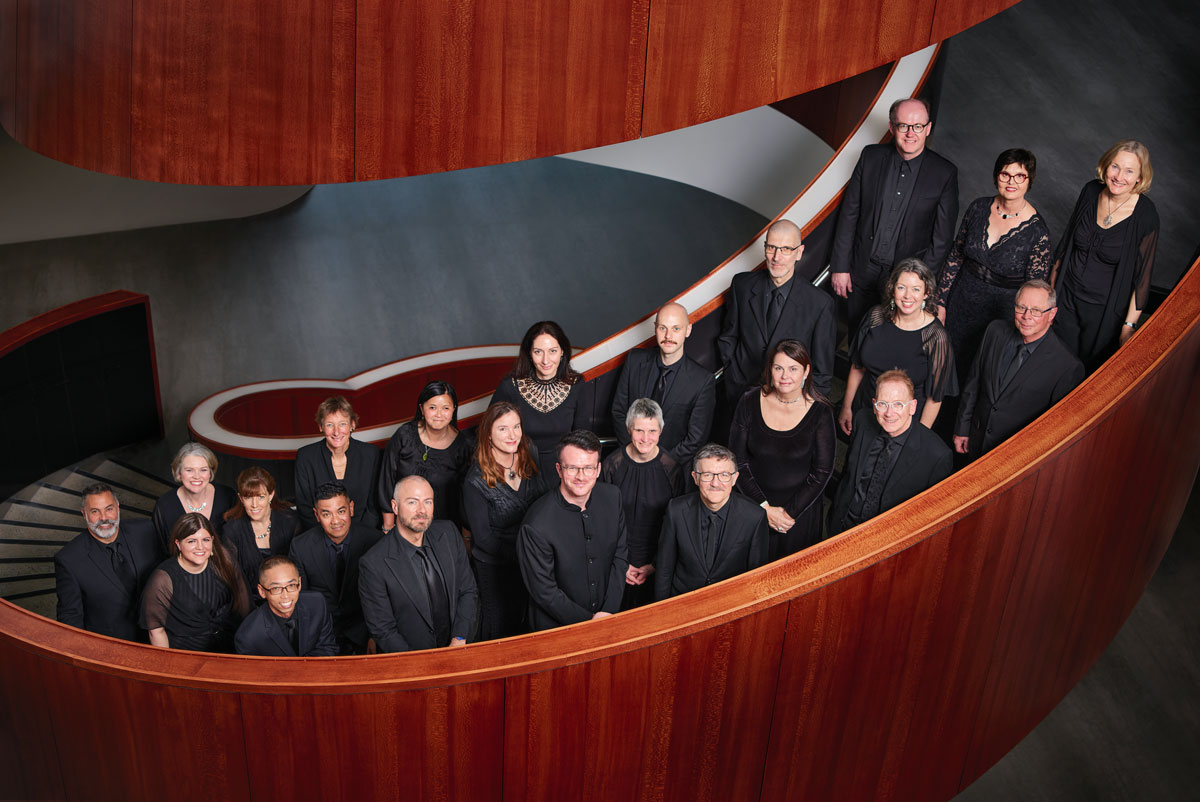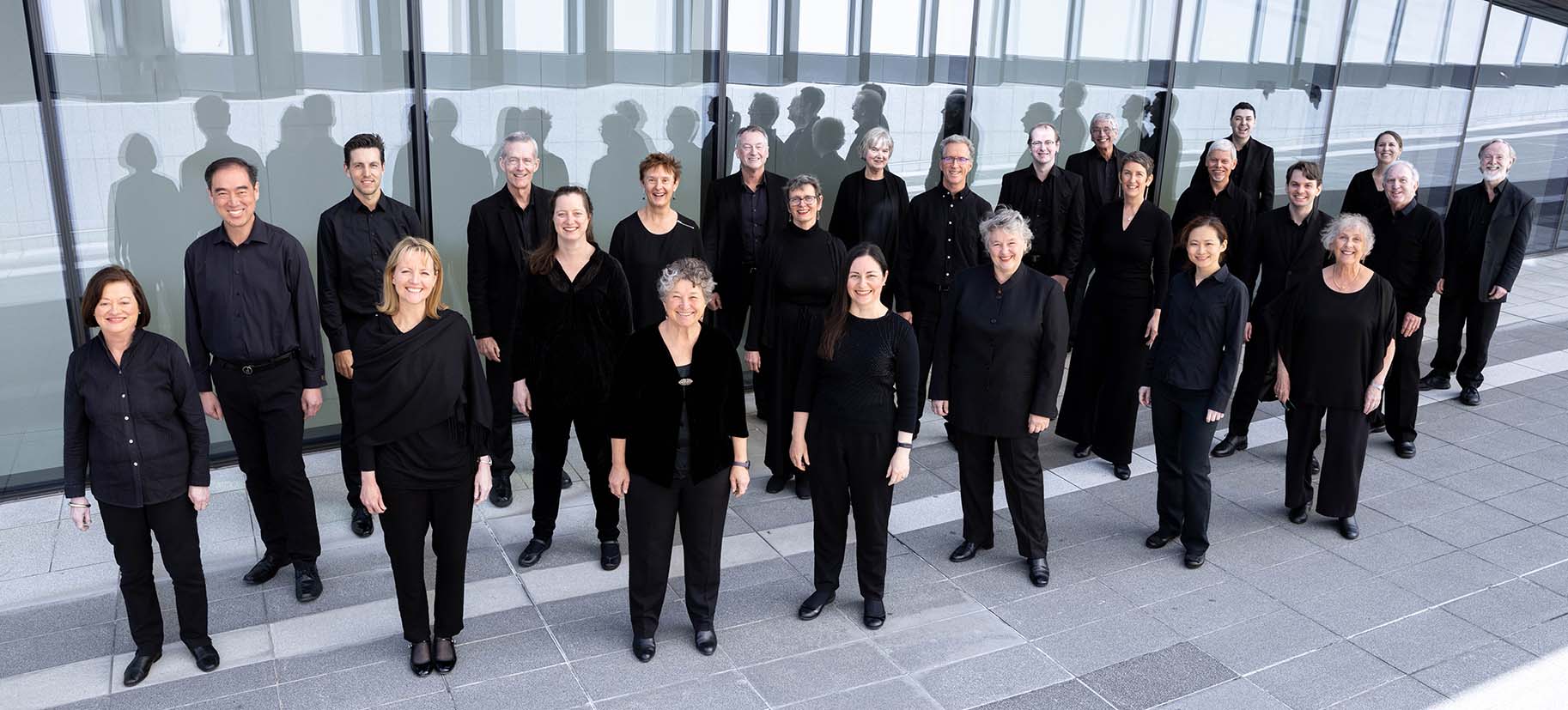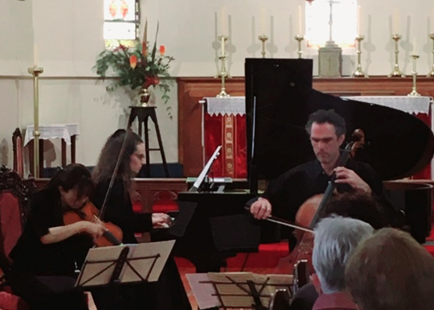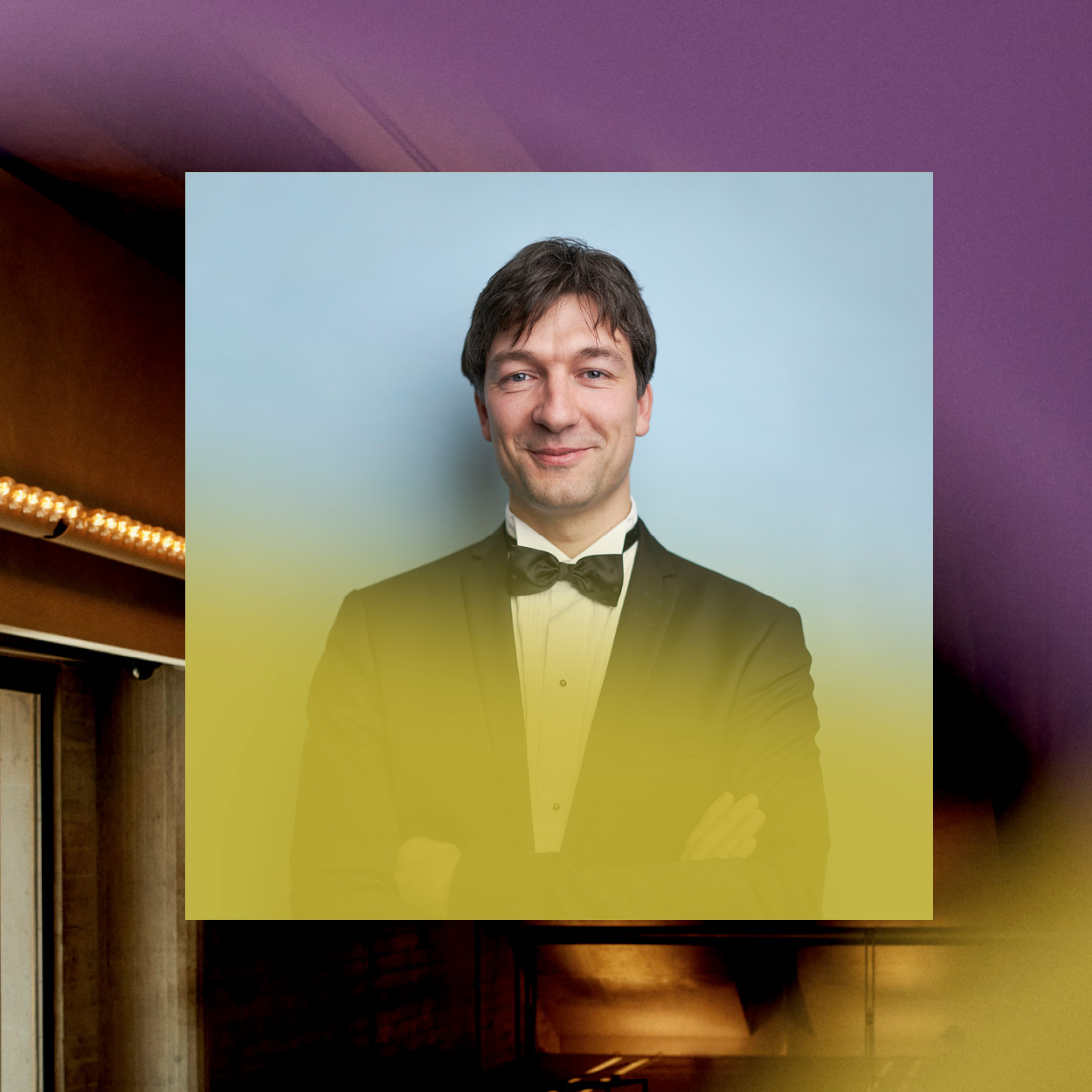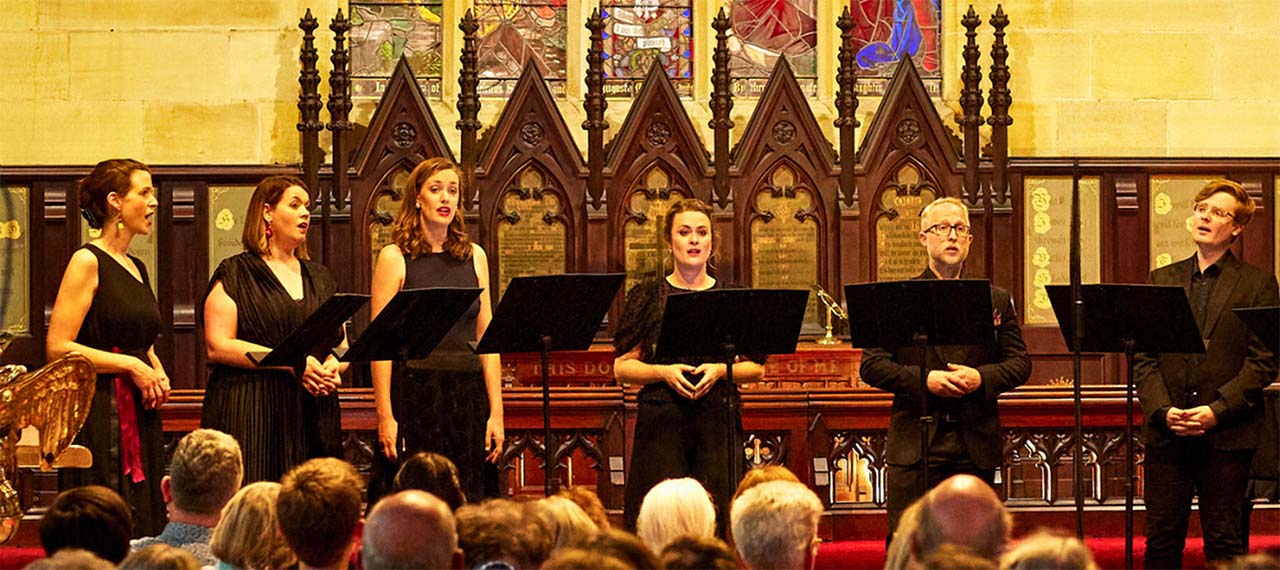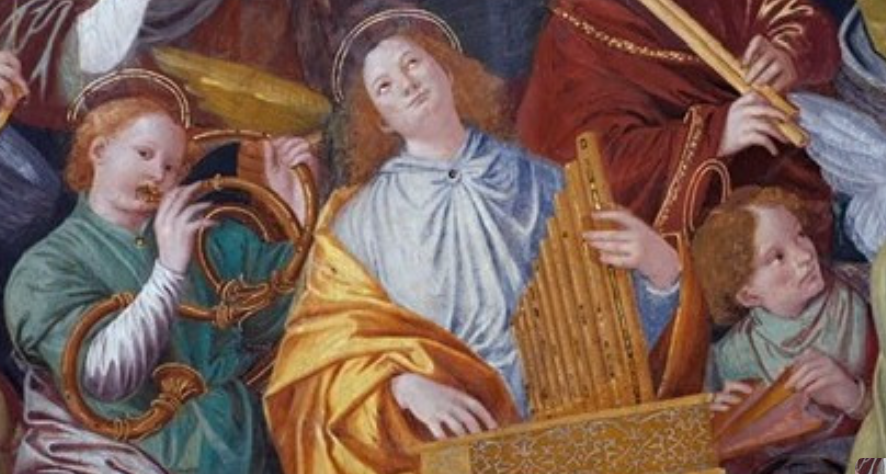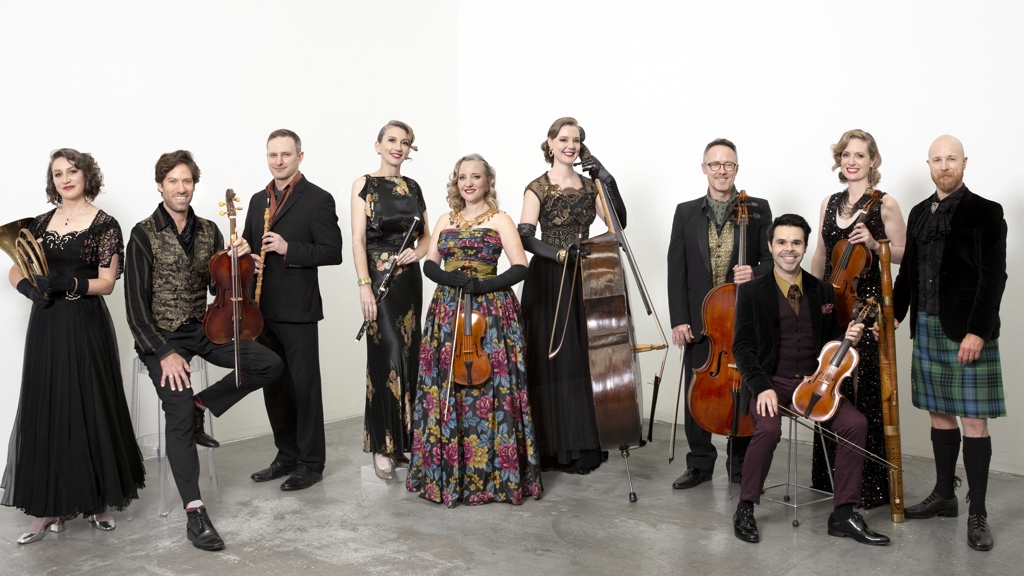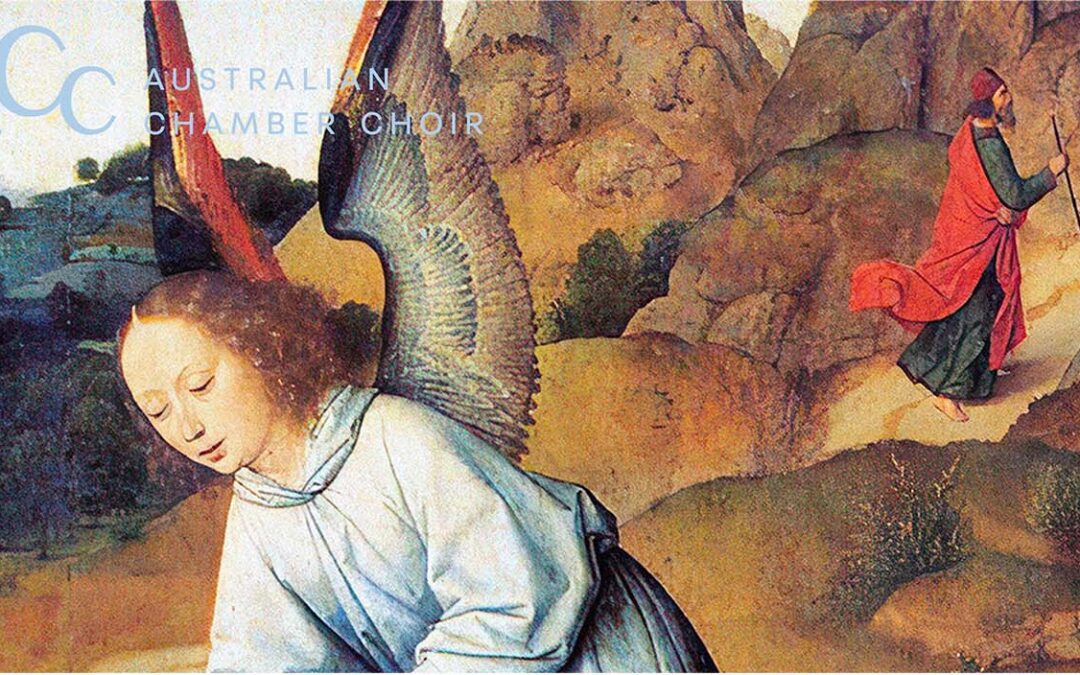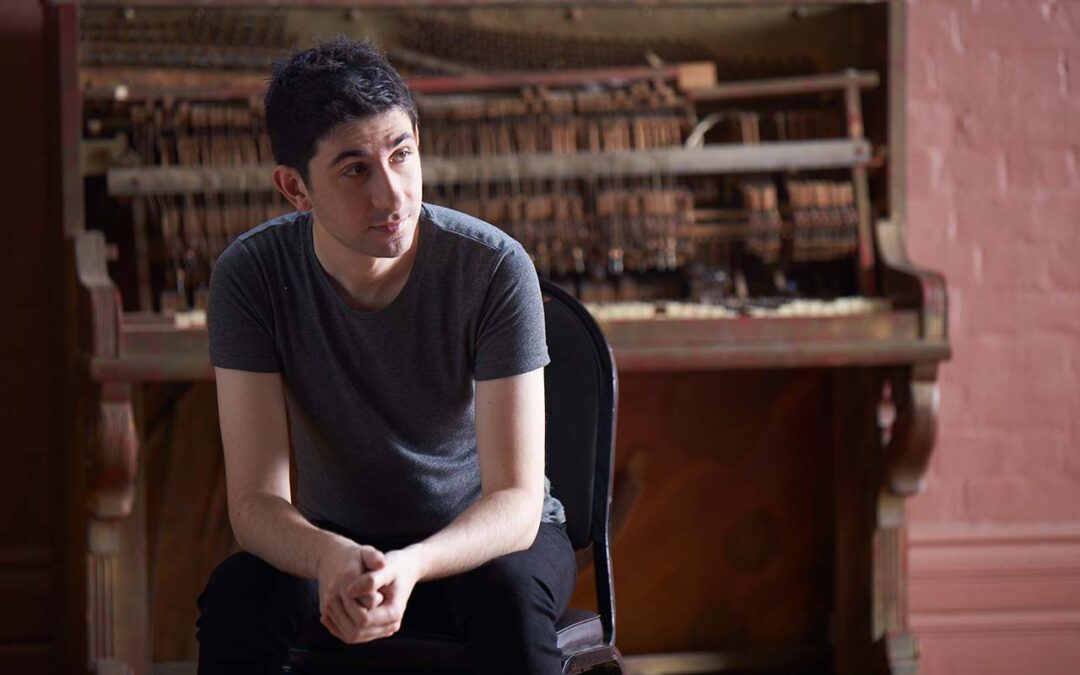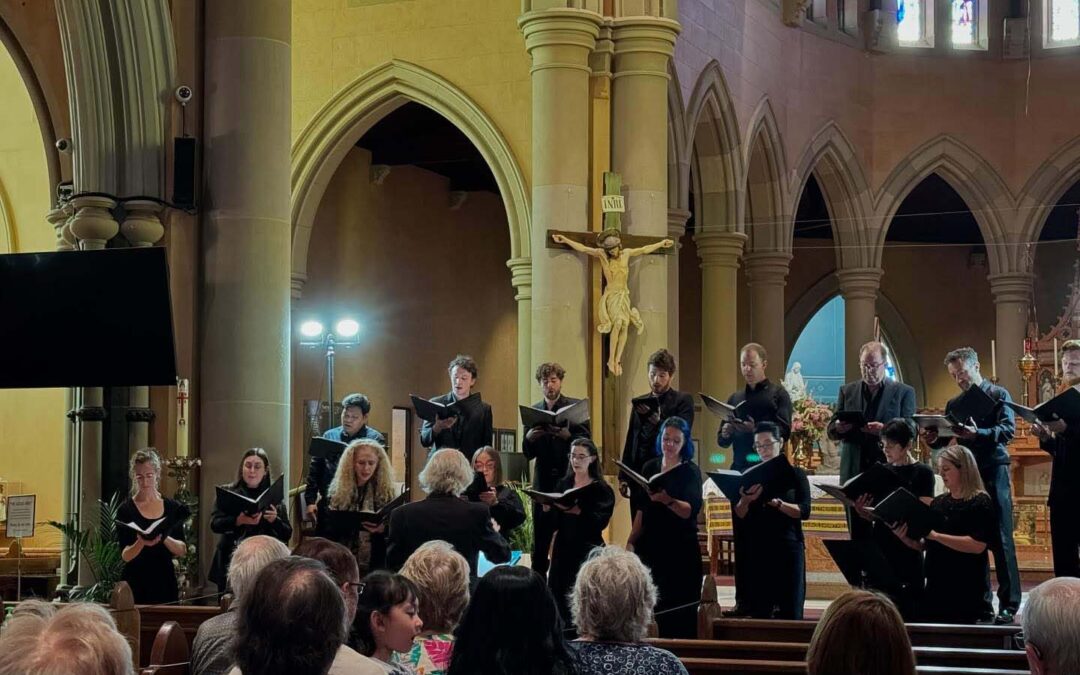Australian Romantic & Classical Orchestra | Northern Serenades
March 23, 2022 City Recital Hall
Richard Gill’s dream of promoting varied and exciting music has been realised in the excellence of the Australian Romantic & Classical Orchestra. Last night we had an all string instrument concert which was refreshing and enlightening.
Gustav Holst was shy and retiring and always regretted that the huge success of his “Planets” suite diverted attention from his other compositions. His “St Paul’s Suite” is a lively collection of folk tunes and dances starting with an Irish jig and ending with a lively rustic fray incorporating “Greensleeves”. Very invigorating.
Edward Elgar wrote his “Serenade for Strings” early in his career. It is full of beautiful tunes and perhaps lacks his usual typically English intonations. A beautiful haunting melody in the slow section gives way to a lively dotted rhythm in the Finale.

Hugo Wolf is an Austro-Slovenian composer known mostly for his large output of attractive Lieder. He originally wrote his “Italian Serenade” for string quartet in 1887 but arranged it for String Orchestra five years later. One of his songs “Der Soldat” was the inspiration for the work which starts with a jaunty theme that takes many introspective diversions before re-asserting itself. Why did he not compose more orchestral works I wonder?
Robert Schumann wrote a set of ‘fantasy pieces’ for piano but also a less familiar set of three pieces for clarinet and piano which have been adapted for strings by Shauna Beesley, sister of Australian Romantic & Classical Orchestra’s director Rachael Beesley. It is composed of three short pieces which are cleverly interconnected to give a transcendentally peaceful effect which is well-suited to the orchestra, all of whose instruments are strung with gut strings.

Victor Herbert comes from a more modern age and even composed songs for “Tin Pan Alley”. In an interesting programme note Hilary Metzger discusses the use of vibrato and portamento in orchestras of the time. In his Serenade for Strings the work starting with tones from the composer’s native Ireland and progressing to incorporation of dance themes and, in the third section, a Mahlerian character. Very easy listening and a fitting end to a superbly innovative concert designed to display the attributes of a well-trained group of musicians.
Photo credit: Robert Catto




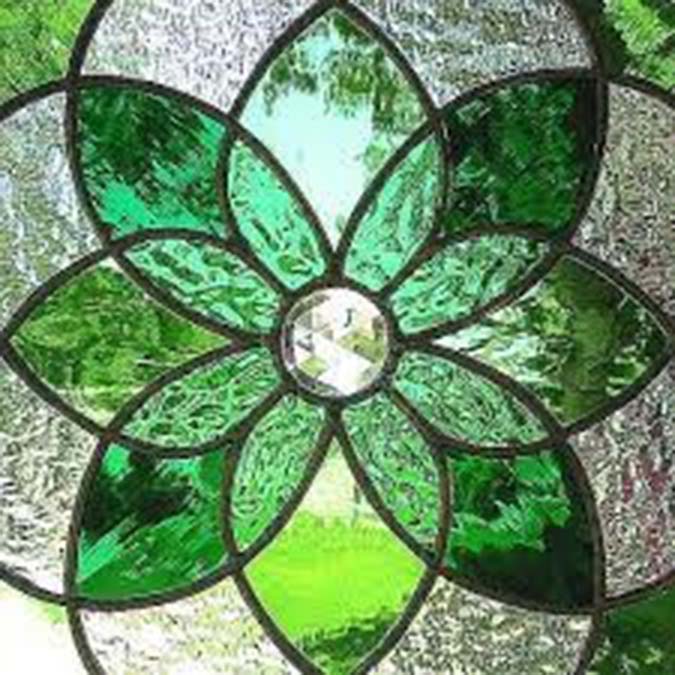
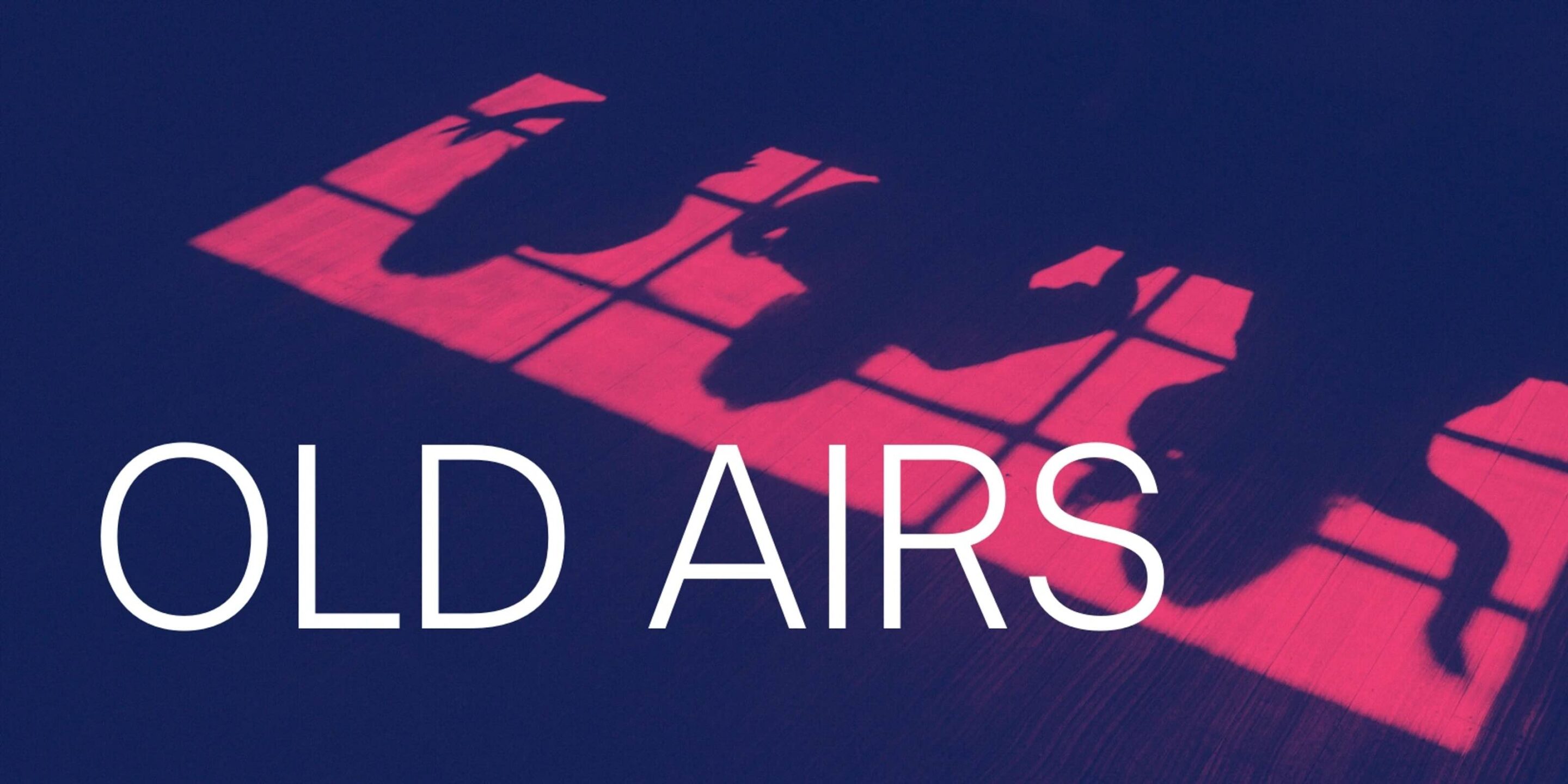
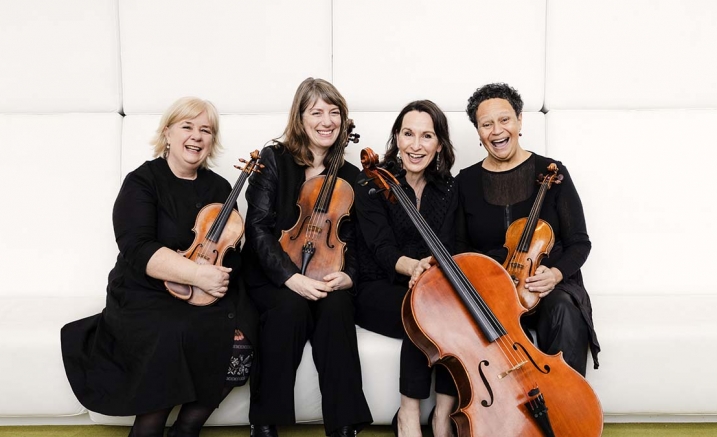


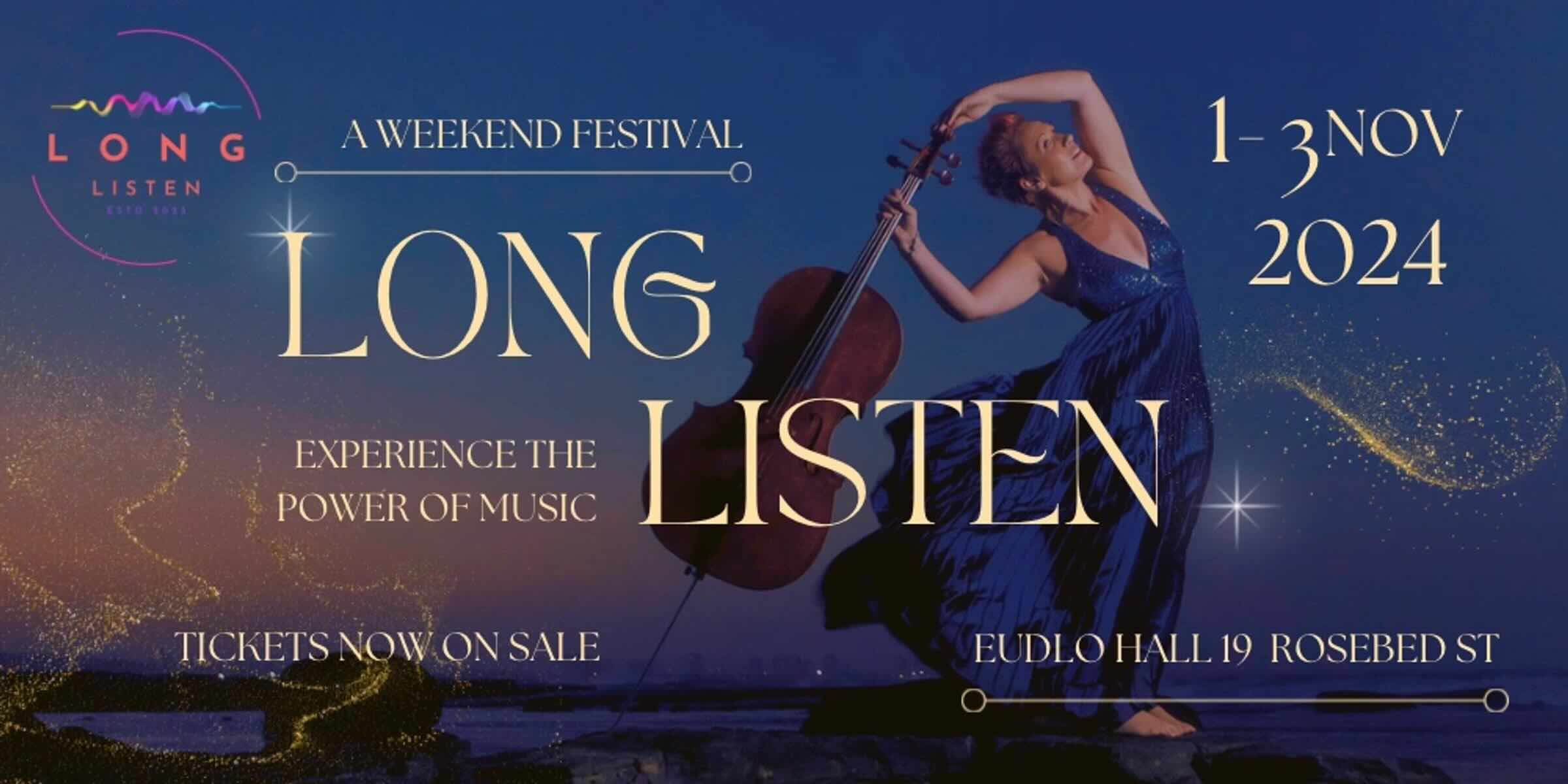
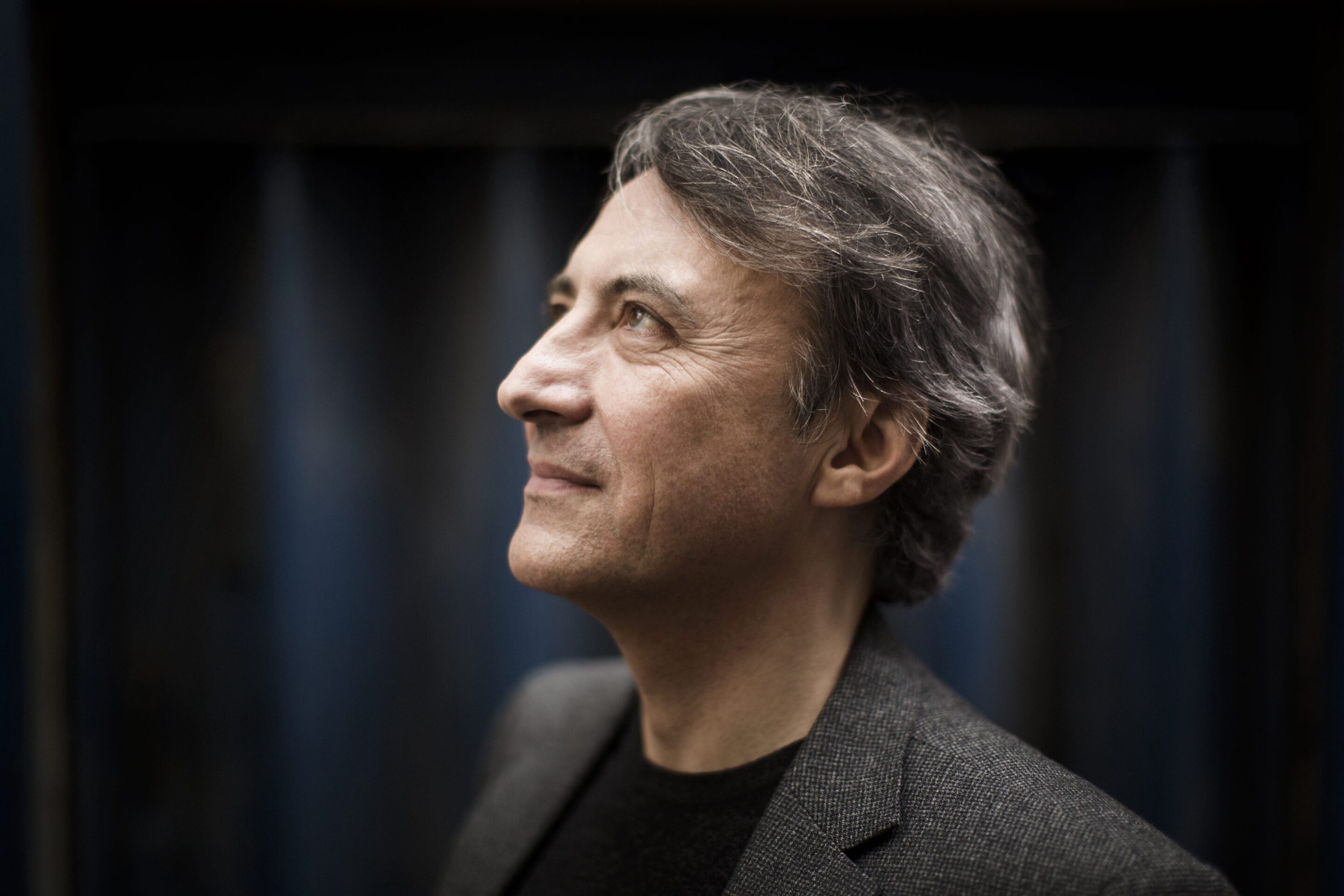

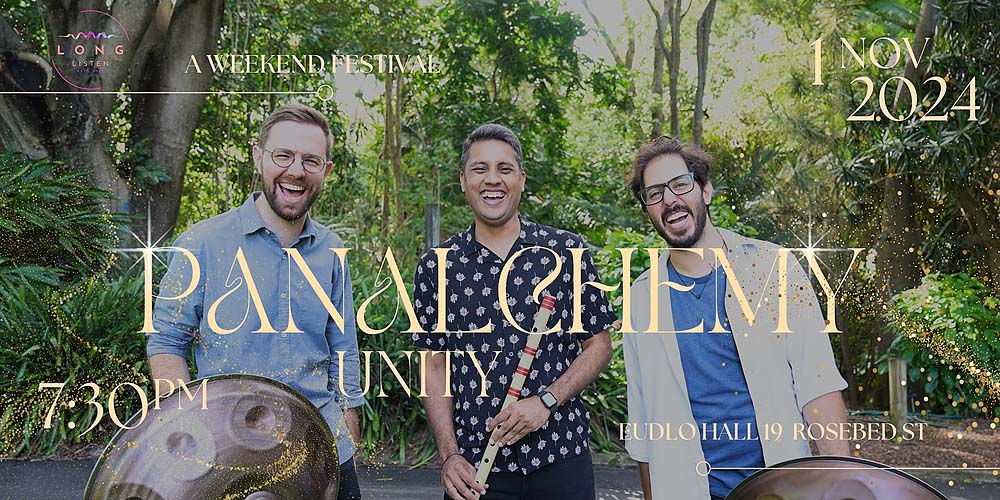

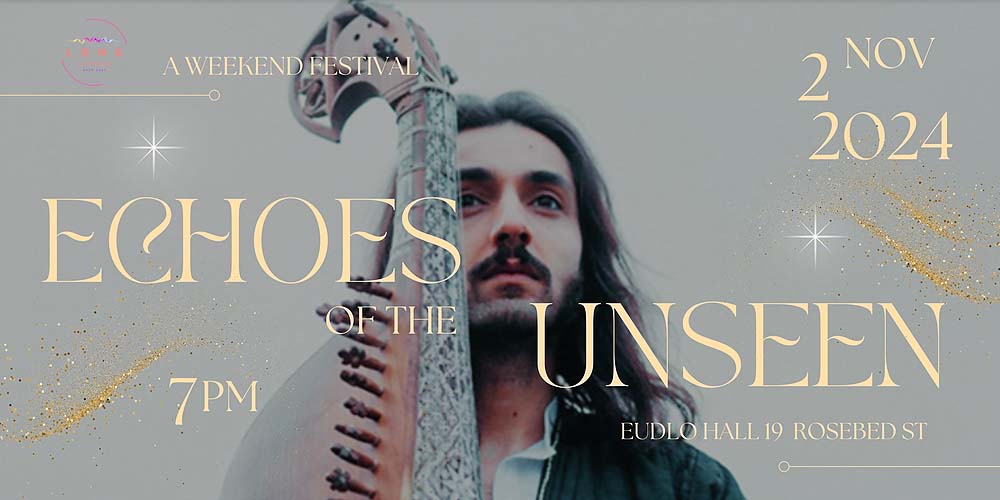
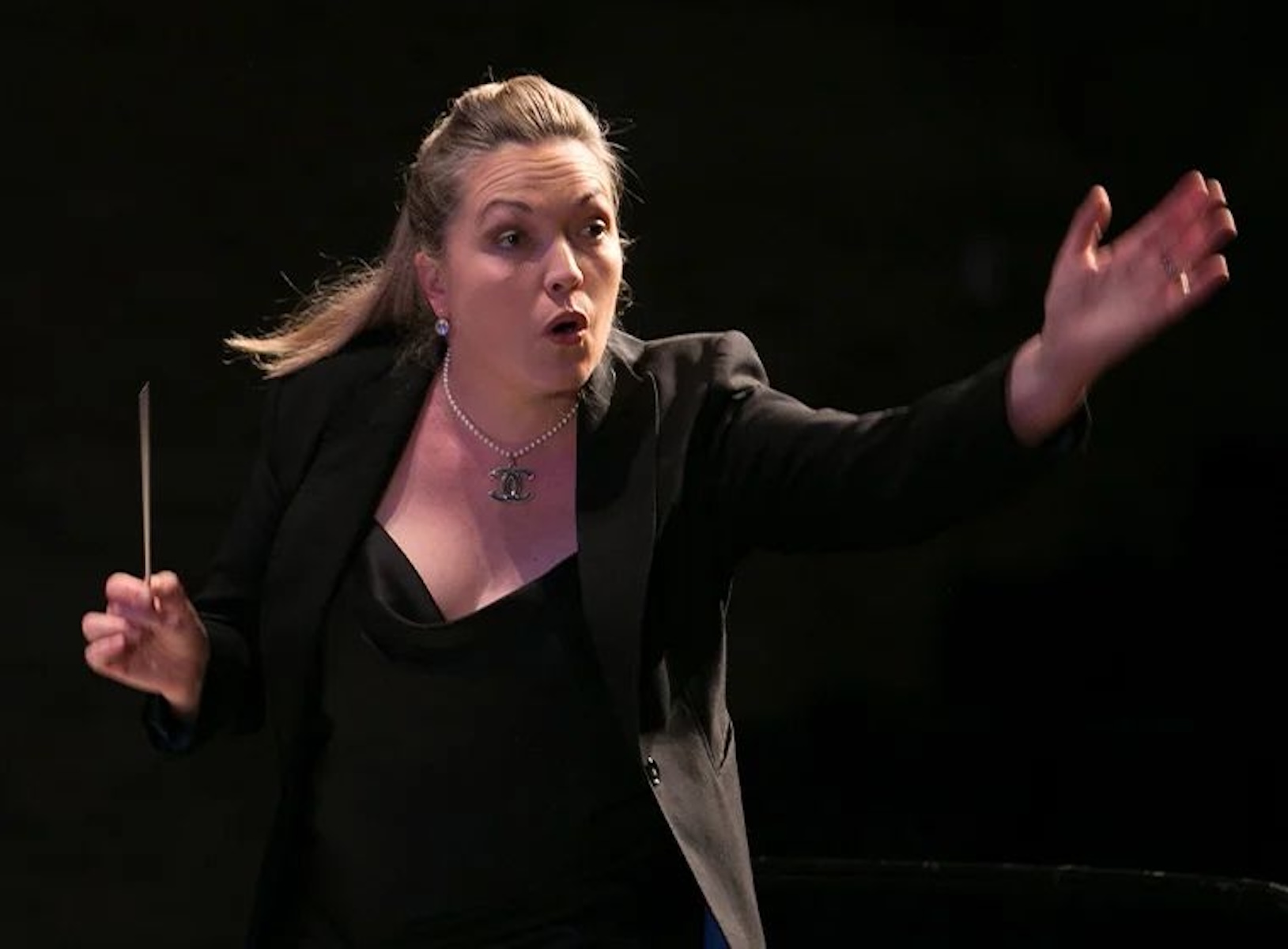
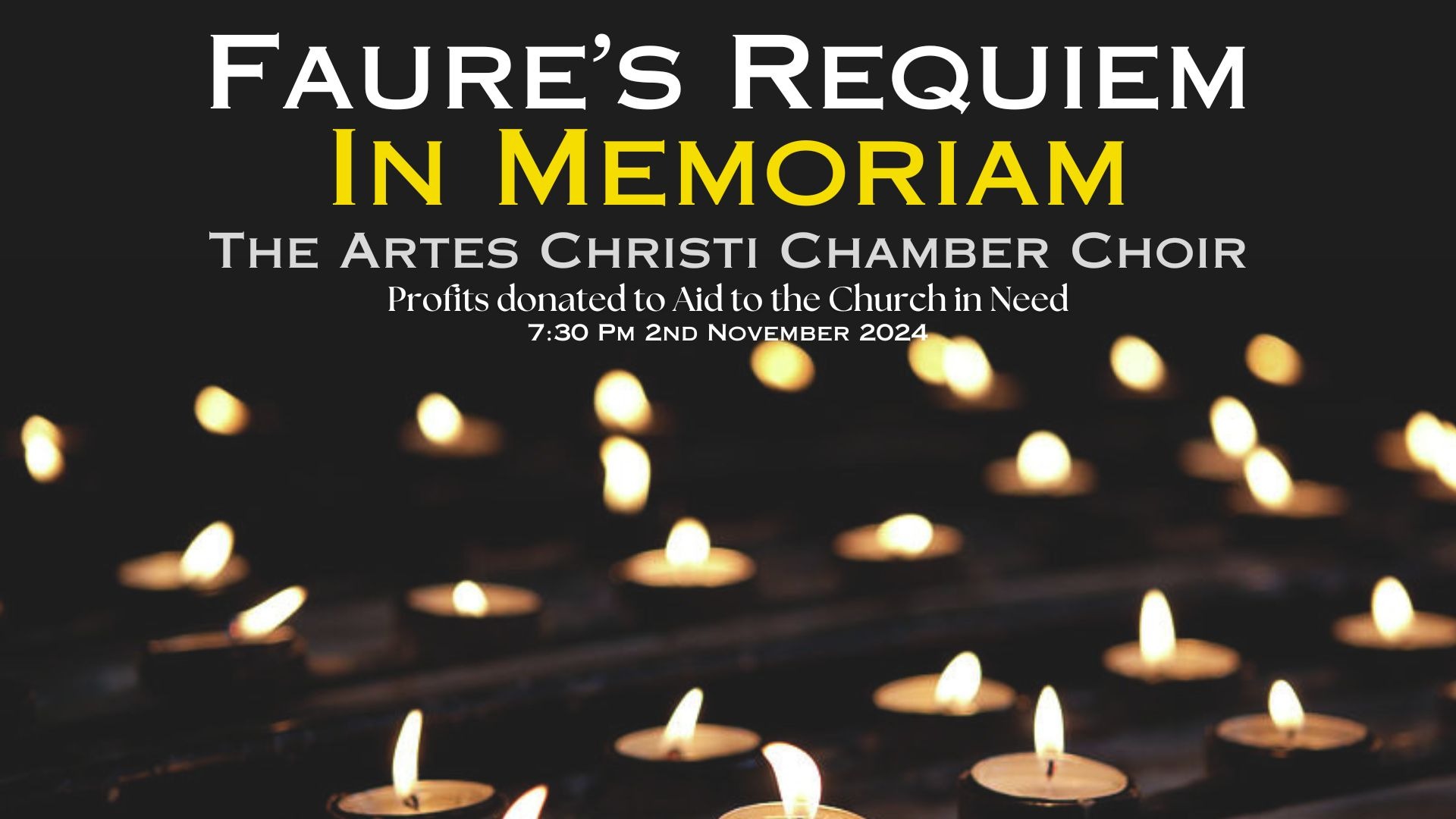
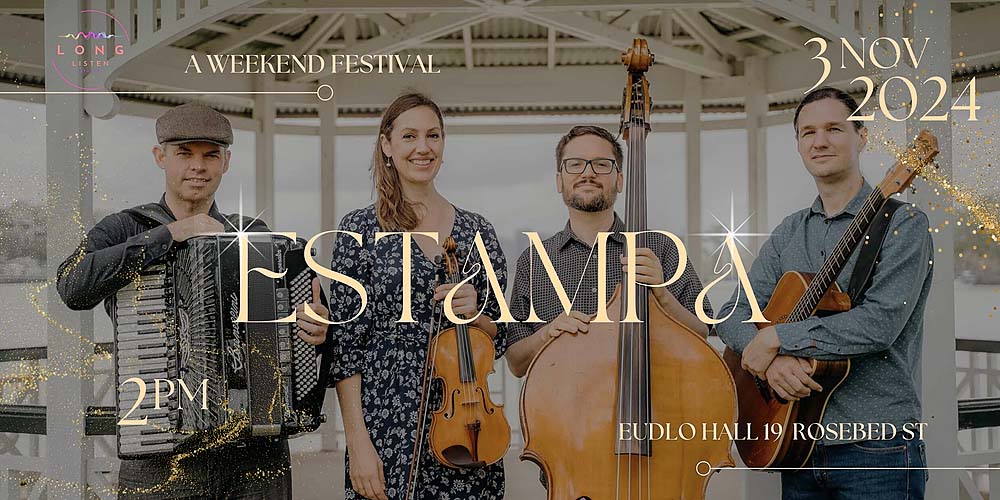





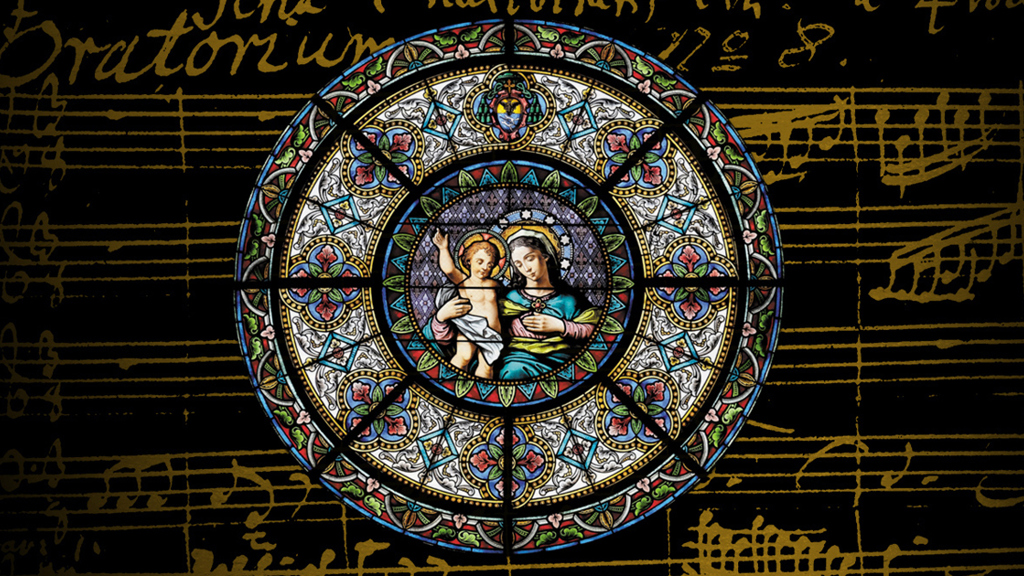
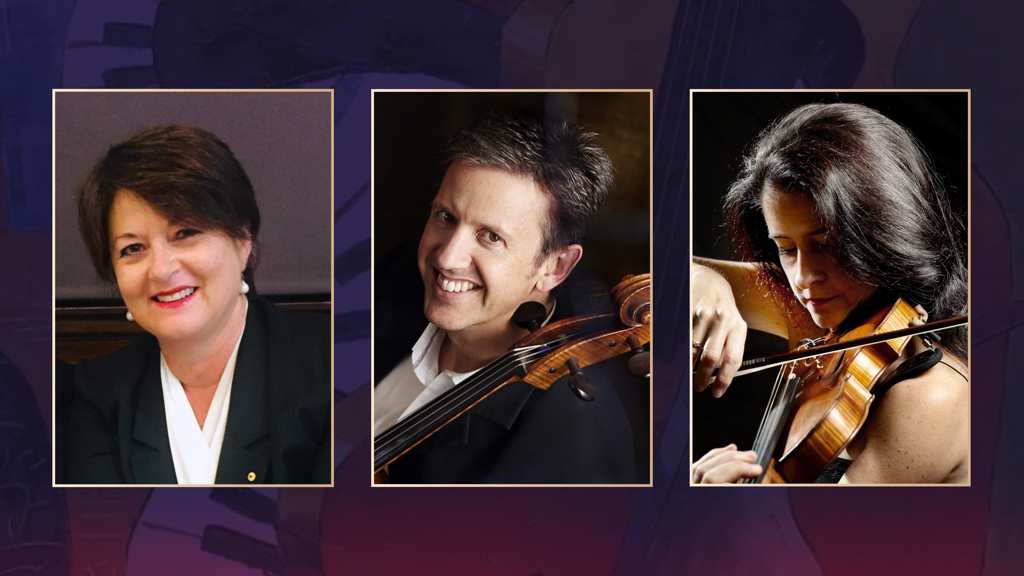

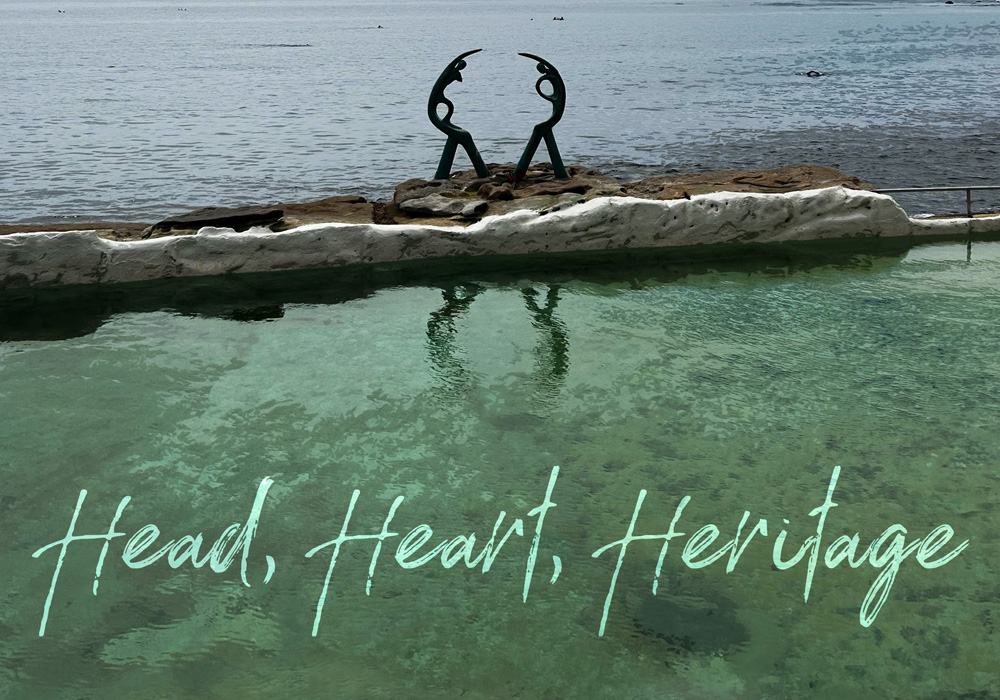
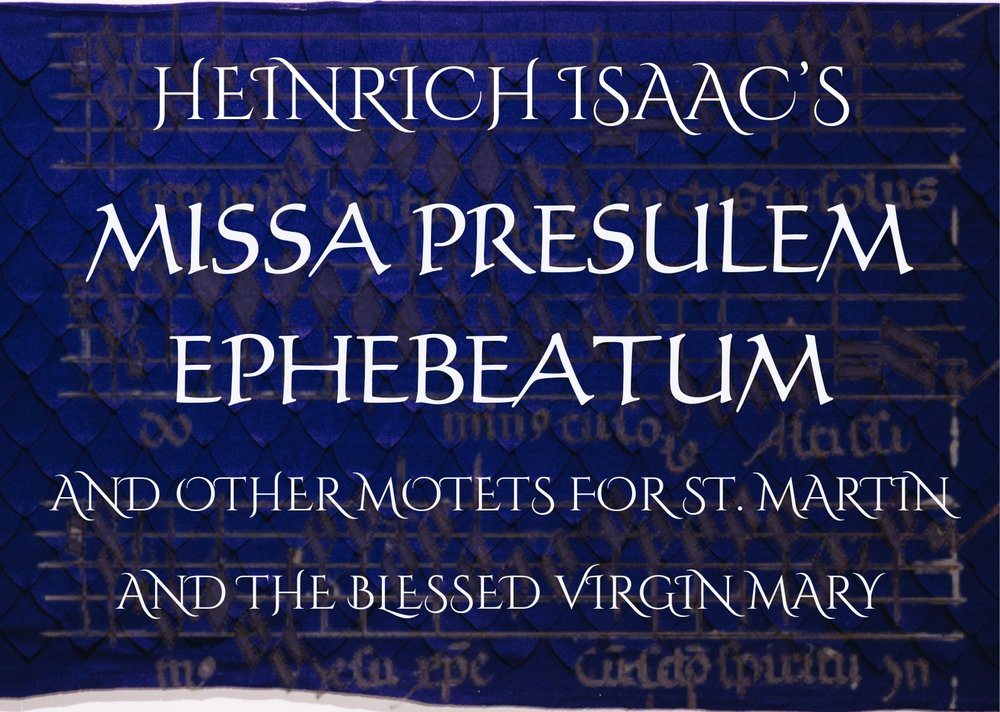

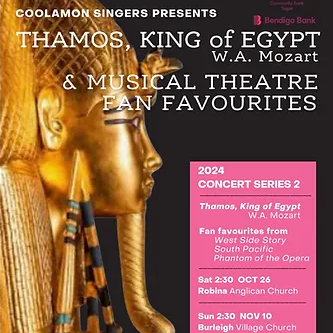
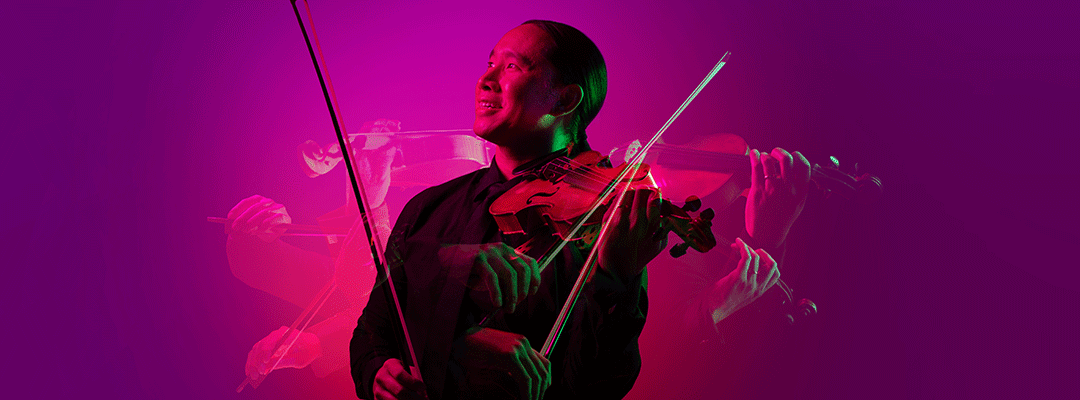


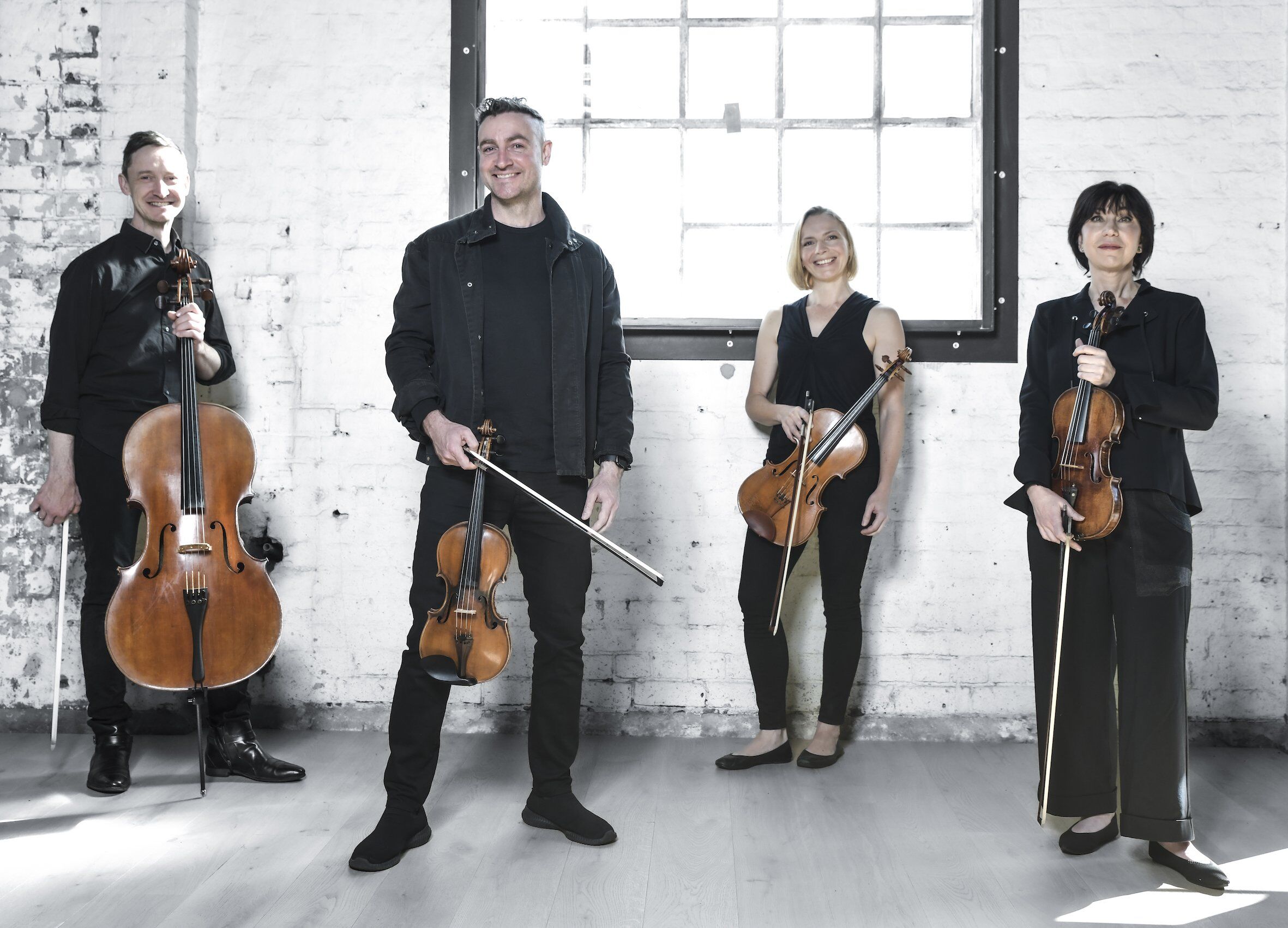

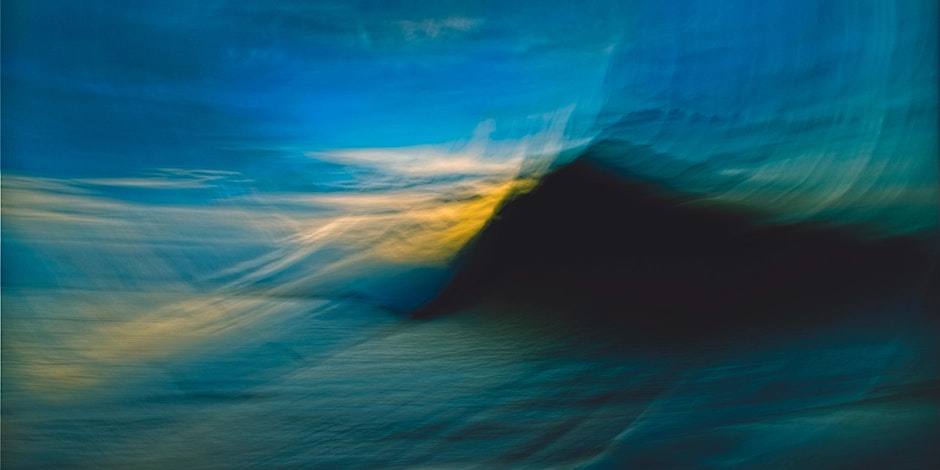



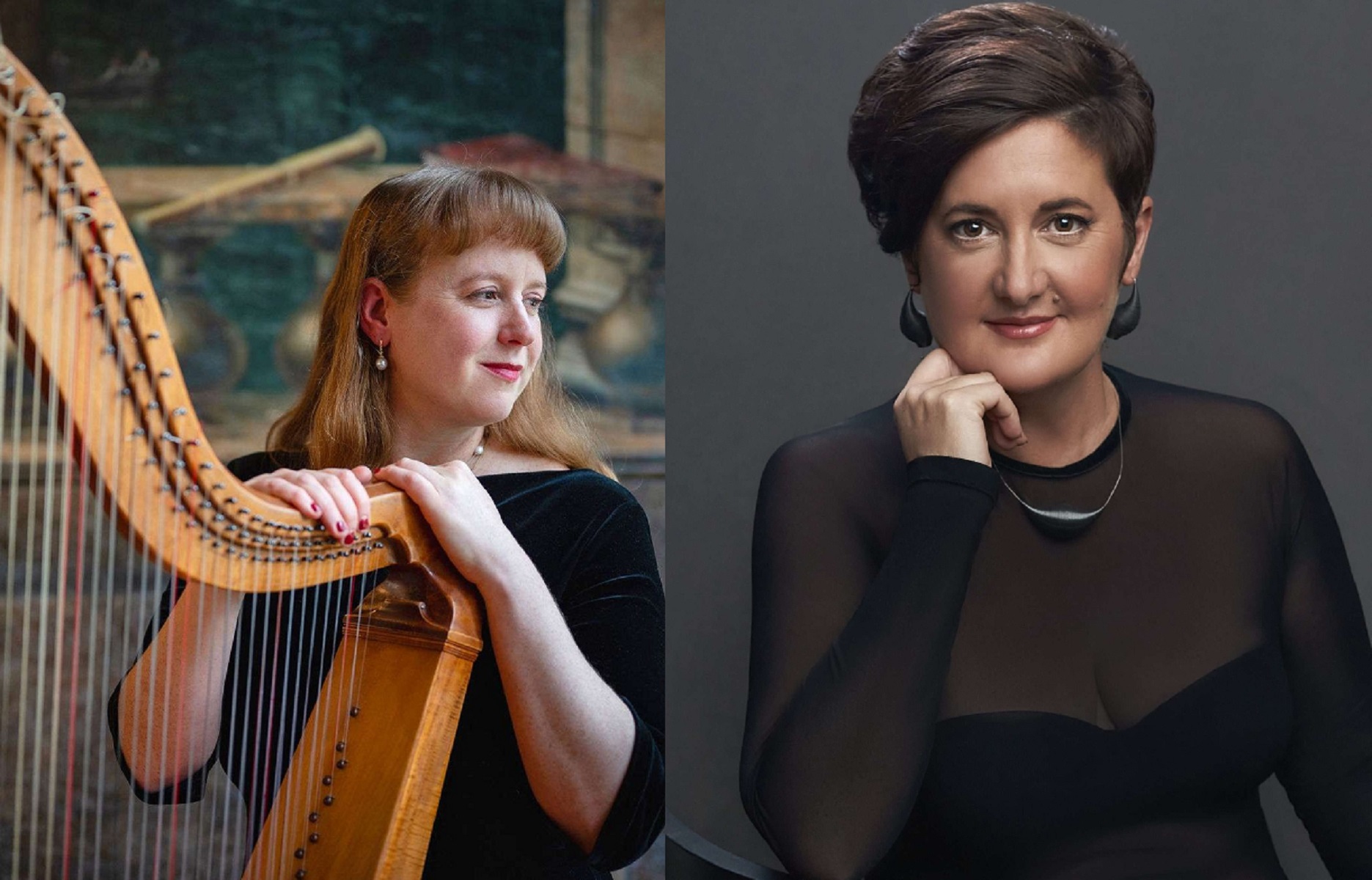
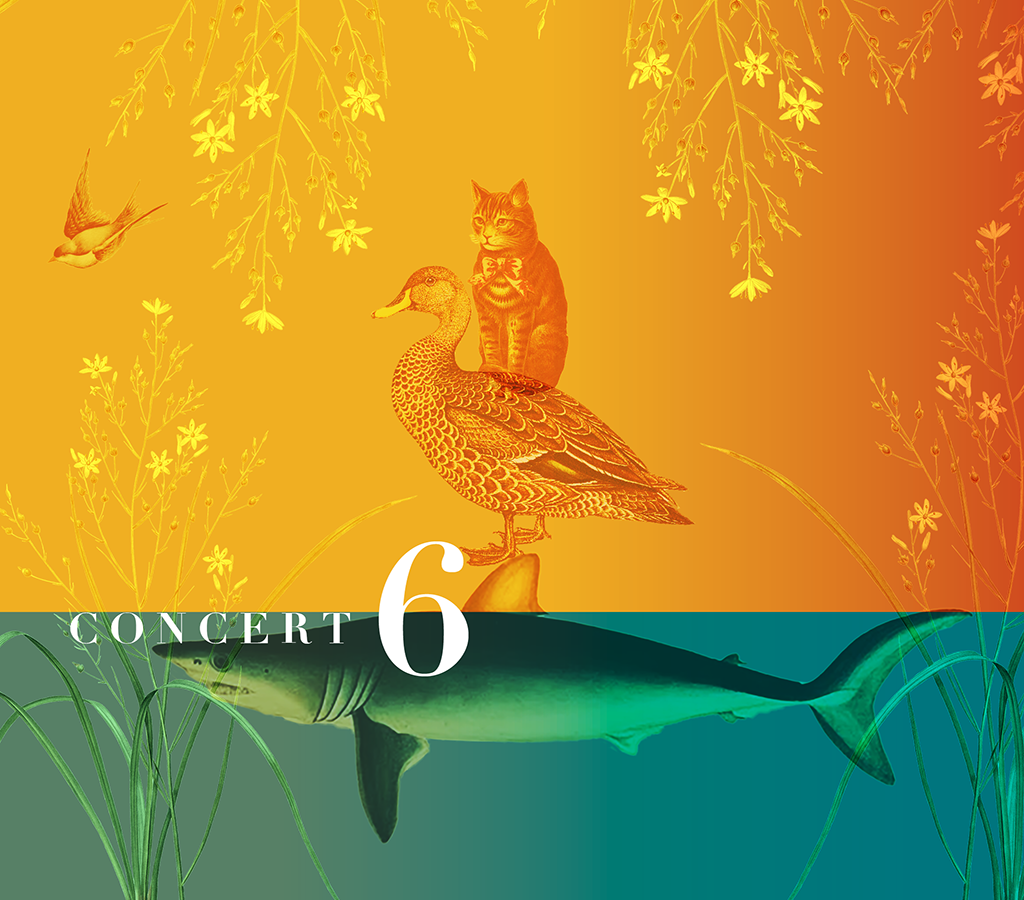

![user222 mrc mostlymozart [splendour of vienna] user222 mrc mostlymozart [splendour of vienna]](https://cdn-classikon.b-cdn.net/wp-content/uploads/2024/02/user222-mrc_mostlymozart_splendour_of_vienna.png)

